Each year Moss Vale High School runs a wonderful literacy project called Kick Start Reading. With funds from a generous and supportive P & C as well as Federal grant money, the school gives every student and staff member a book. This year English teacher and program facilitator Adelle Morris chose Light Horse Boy.  Everyone in the school reads the same book making this a huge book group that links the entire school.
Everyone in the school reads the same book making this a huge book group that links the entire school.
Principal, Peter Macbeth, Adelle and other staff members had spent weeks preparing the students. I arrived in Moss Vale on Monday morning for 3 days of workshops and received a rock star welcome.
Day One: My first session was speaking with the Special Needs students. They introduced themselves, shared their work and had so many questions. They made me feel right at home.
 Next, a full school assembly with special guests; RSL Vice President Eric Campbell and Rob Berman who wore full Light Horse uniform in honour of his family’s Light Horse connections. The Performing Arts students showcased their talents with a music, drama, dance performance inspired by Light Horse Boy. Their use of plain black clothing, dance and quiet gestures was powerful and I had to pinch myself to stop being teary.
Next, a full school assembly with special guests; RSL Vice President Eric Campbell and Rob Berman who wore full Light Horse uniform in honour of his family’s Light Horse connections. The Performing Arts students showcased their talents with a music, drama, dance performance inspired by Light Horse Boy. Their use of plain black clothing, dance and quiet gestures was powerful and I had to pinch myself to stop being teary.
My final Monday session was with articulate Year 11 Extension English students, discussing ‘inspiration’ and many other topics. By the end of Day One I was impressed by how teachers across different subjects had woven aspects of my story into the curriculum.

Day Two: I was in more familiar territory with Year 7 students, sharing my favourite Postcard Writing activity with links to Lighthouse Girl and Light Horse Boy. We ran out of time, but the drafts look very promising. Year 9 History students’ focus was ‘Symbols and Commemoration’. There were clear links to Light Horse Boy as there was with the Year 12 Extension history students’ focus of studying research techniques. I was so impressed by the Year 12’s ability to explain their diverse focus study topics, reporting on different aspects of approach. Their teacher James McGill was understandably very proud.

 Between History groups, one of the students showed me his Braille version of Light Horse Boy. That was amazing. Thank you, Harrison.
Between History groups, one of the students showed me his Braille version of Light Horse Boy. That was amazing. Thank you, Harrison.
On Tuesday I was also fortunate to have a sneak peek of the Aboriginal Ed students’ ‘8 ways’ project. Students are compiling artwork and stories based on traditional Gundungarra values into a book. We brainstormed ways to include a central character to link the 8 separate paths and I showed a title from the Wirlomin Noongar Language Project, Mamang. Thank you to the students and teacher Felicity for the signed copy of their first book. Day Two ended with an informal dinner with teachers, exchanging ‘six degrees of separation’ stories linking to my old Albury High School days…
 Day Three: During roll call I joined the excited students poring over Paul Martin’s WW1 treasures. Paul of Australian Military History takes military artefacts to schools, sharing his passion and knowledge with the next generation. Paul has some amazing stuff. I still can’t believe I held a bugle from Beersheba.
Day Three: During roll call I joined the excited students poring over Paul Martin’s WW1 treasures. Paul of Australian Military History takes military artefacts to schools, sharing his passion and knowledge with the next generation. Paul has some amazing stuff. I still can’t believe I held a bugle from Beersheba.
![]](https://diannewolfer.files.wordpress.com/2015/04/unnamed-file1.jpg?w=110)


Day Three: My first school sessions focusing on anthropomorphism. The Year 8 Ag Science students and I explored links to the WW1Walers and mascots taken to war. This was followed by a thought-provoking conversation with some very mature Year 10 girls. We discussed anthropomorphism as a literary technique and other aspects of writing.
Then I worked with primary students from different schools, focusing on the background to Light Horse Boy and partner title Lighthouse Girl. After saying goodbye to my new friends it was into the car and back to Canberra to catch an evening flight home to Western Australia.
I left feeling honoured that Moss Vale High School chose my book as their focus title for 2015. A highlight for me, besides meeting so many interesting people and being in this historic part of Australia as the autumn leaves were starting to turn, was seeing how the Kick Start program gives every member of a diverse school something in common. Each teacher helped his/her students explore an aspect of Light Horse Boy which linked to their subject area.
The Kick Start Reading project celebrates things in common rather than difference. What a wonderful opportunity for the leaders of tomorrow. Thank you Moss Vale 🙂
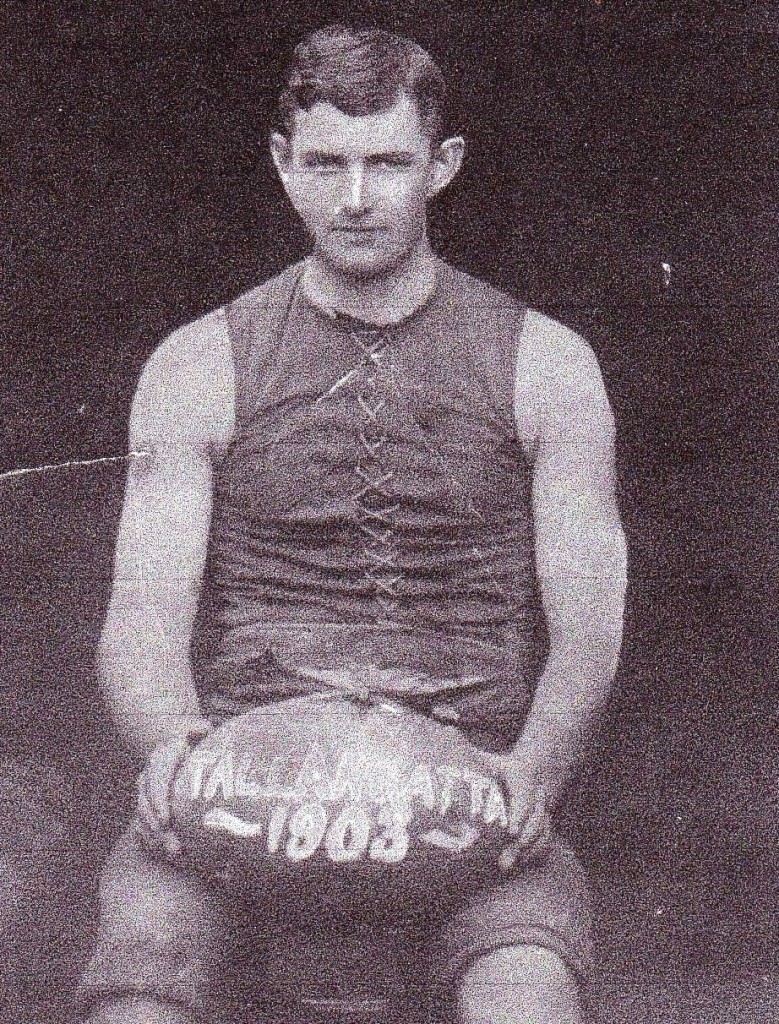

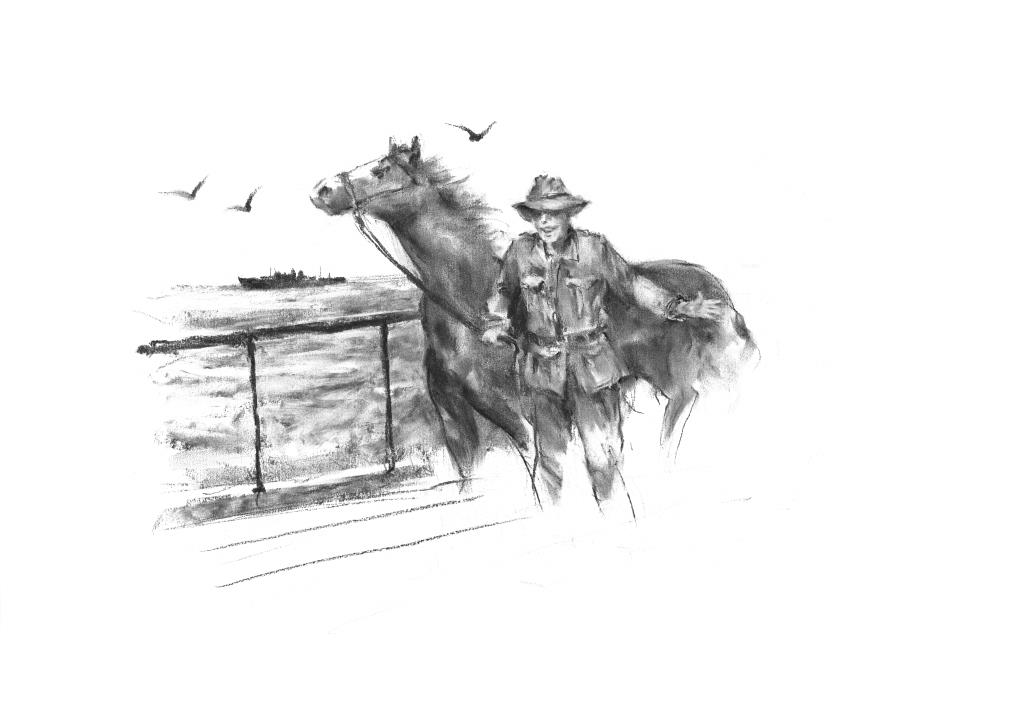

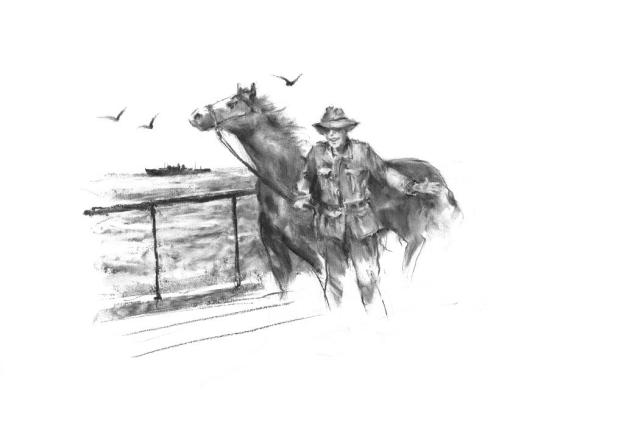
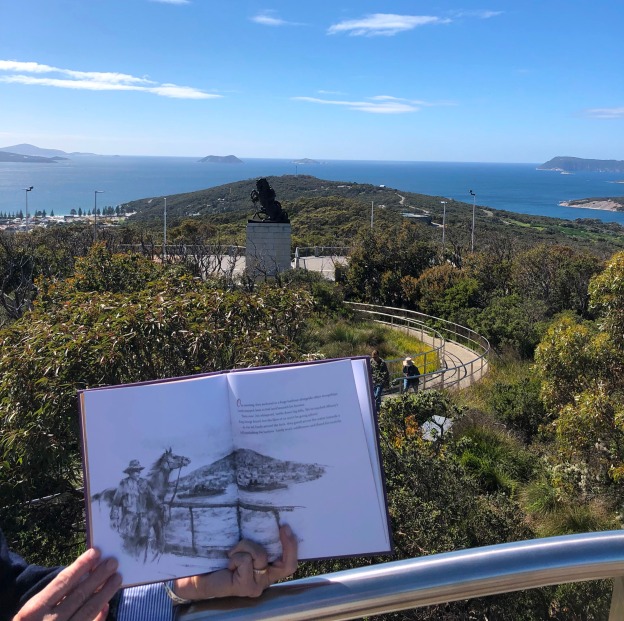
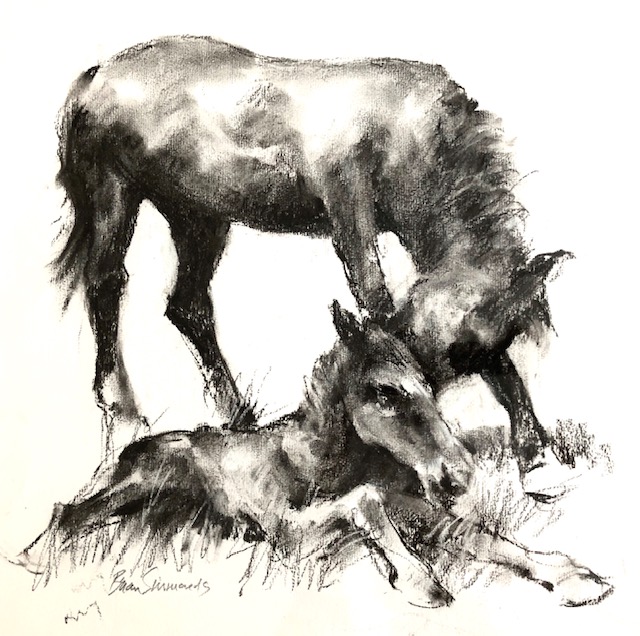

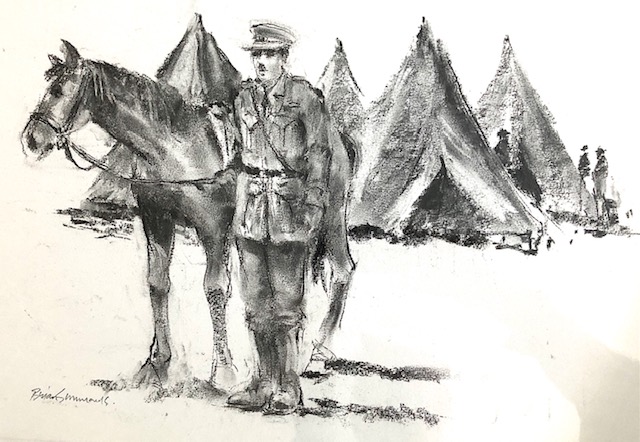







![]](https://diannewolfer.files.wordpress.com/2015/04/unnamed-file1.jpg?w=110)

